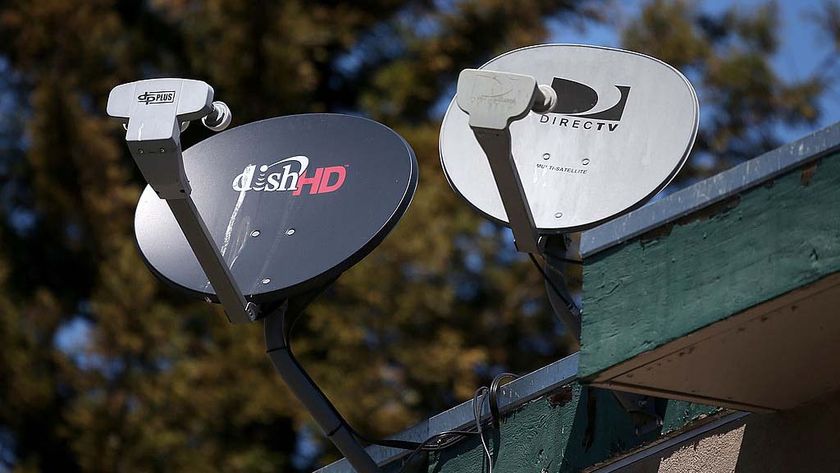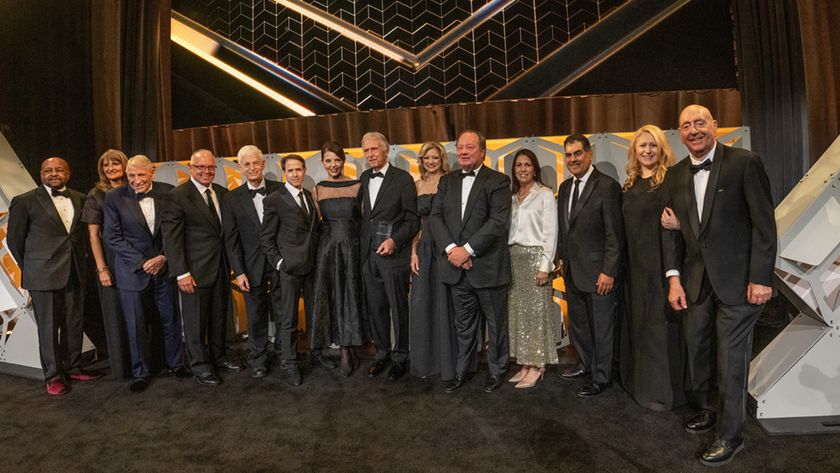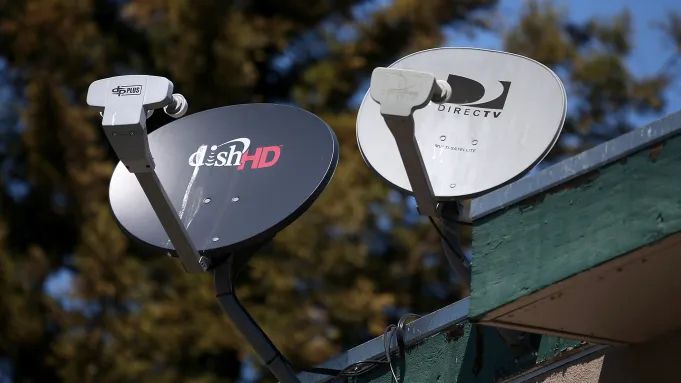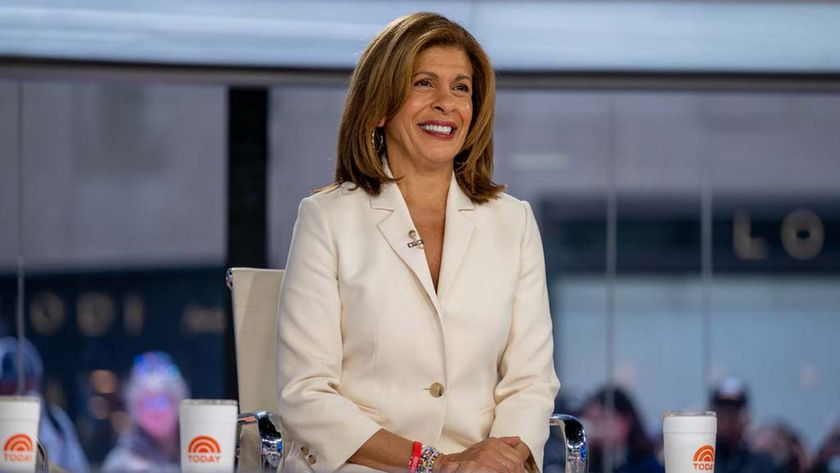VRV Opens New Chapter on Subscription VOD
A year after its original beta launch, VRV, Ellation’s subscription video-on-demand aggregation service, is about to take a new turn.
In addition to expanding the number and types of “channels” it offers as it looks to draw interest from a greater number of consumers, VRV is also moving ahead with plans to augment and enhance its technology and services platform.
During its first year, VRV was primarily focused on anime and animation, with a bit of comedy sprinkled in. After initially focusing on selling subscription video-on-demand services in a bundle and on an a la carte basis, VRV recently added VRV Select, a premium “house channel” that features curated content from the company’s various partner channels.
VRV is now gearing up to expand its audience focus, starting with the coming addition of CuriosityStream, the OTT service from Discovery Communications founder John Hendricks that develops and licenses a mix of fact-based programming and “edu-tainment.”
The addition of CuriosityStream “opens up a new vertical” for VRV, general manager Arlen Marmel said.
VRV, he added, is also looking to add more content to its SVOD bundle as well as some exclusive content from partners such as Mondo and Cartoon Hangover, without altering the price. Two other “prominent” but still-unnamed SVOD channels will be coming to VRV later in 2017.
Going Big, Not Broad
Broadcasting & Cable Newsletter
The smarter way to stay on top of broadcasting and cable industry. Sign up below
“Our goal is to be big, but not broad,” Marmel said, noting that SVOD services such as Amazon Prime Video, Hulu and Netflix have the mainstream consumer category pretty much squared away.
“The desire is to grow logically and sort of push the boundaries of the perception of VRV today,” he said. “We think VRV can be a home for this content that is outside the mainstream.”
Though anime has served as an anchor for VRV, the plan is to deliver more content in a wider range of verticals that consumers are passionate about, and to become a “dot-connector” that can help viewers discover new content from their area of interest.
“We’re sort of that quirky, mom-and-pop shop where you know the name of the guy behind the counter who maybe turns you on to some things you maybe never even heard of before,” Marmel said.
In addition to adding more content choices, VRV also has plans underway to augment and enhance the features of its platform. An important example there will be the addition of offline viewing, enabling VRV subscribers to download most of the shows and series from its array of SVOD partners.
“We feel it’s a differentiating feature,” Marmel said, noting that offline viewing will come to VRV later this year. “The vast majority of VRV programming will be available offline.”
Though services such as Netflix and Amazon Video have added downloading options, most of VRV’s channel partners don’t yet offer that feature, Marmel said.
VRV will also be expanding its reach to Apple TV and Android TV devices, complementing its support on smartphones, tablets, Xbox One and PlayStation 4 consoles, certain Roku player models, and the Google Chromecast streaming adapter.
Numbers Game
Though VRV is pushing forward with a revised strategy, the company also released some numbers and metrics that appear to demonstrate there’s a need for its curation/aggregation approach against the backdrop of a large and fragmented world of internet-delivered SVOD services.
VRV said it now has 1.5 million registered users, and 1 million “active” users who visit at least once in a given month. Its platform has also delivered more than 1 billion minutes (or 15 million hours) of watched video and about 50 million video views. VRV said its average user spends about three hours per week watching content on VRV, while premium users spend about five hours per week (about 43 minutes per day) on the service.
VRV isn’t releasing subscriber figures, but “we are pleased with what we’ve seen,” Marmel said. “We’ve seen high levels of engagement from that premium segment.”
The vast majority of subscribers take VRV’s bundled “Combo Pack.” A minority of them take SVOD services on an a la carte basis from VRV, but those numbers tend to tick up when an individual service releases a new series or program.
It’s not a huge surprise most VRV subs opt for the bundle, given its value. They also tend to stay with the service longer, according to Marmel.
VRV’s Combo Pack costs $9.99 per month, and includes Crunchyroll, Funimation, Rooster Teeth, Cartoon Hangover, Shudder, Geek & Sundry, Nerdist, Mondo, Tested and VRV Select. If a customer were to buy those services a la carte, it would cost about $38.
“One challenge is that people don’t always know how much value is in the bundle,” Marmel said. “We set out to have an individual price point on all of the a la carte channels so [consumers] could observe the price of those relative to our $10 bundle.”
There’s about $35 of value in that bundle today, but VRV expects to extend that to beyond $50 by yearend as it adds more content to that bundle, he said.
VRV and its content partners appear to be taking a less-is-more approach to the Combo Pack — they might get paid less on an incremental basis when the product is bundled, but the volume that the bundle brings in the door likewise means they are getting paid more than they would have otherwise, if those individual SVOD services were available only on an a la carte basis.
Time will tell if other SVOD aggregators try to do the same. Amazon Channels aggregates and sells SVOD services from dozens of partners, including premium programmers such as HBO, Showtime and Starz as well as Brit-Box, Acorn TV and CuriosityStream, but so far has not tried to bundle individual services as VRV does.
Though VRV uses a fixed-free model today, it will also explore new variable models that will enable the service to bring on more content partners. It might also start to take a closer look at live and linear-style offerings that complement its current VOD focus, Marmel said.
Prior to this latest shift in strategy, VRV had already shown that it’s willing to change things up.
In August, VRV said Nerdist and Geek & Sundry would later be combined to form a new channel called Alpha (that hasn’t happened yet). It also dropped three services (Ginx, RiffTrax and Machinima) and tweaked its product bundle in a way that included the addition of Shudder. It also added some originals from Seeso (NBCU’s comedy-focused SVOD service that will be shut down on Nov. 8), including HarmonQuest and Hidden America, to its VRV Select channel.










